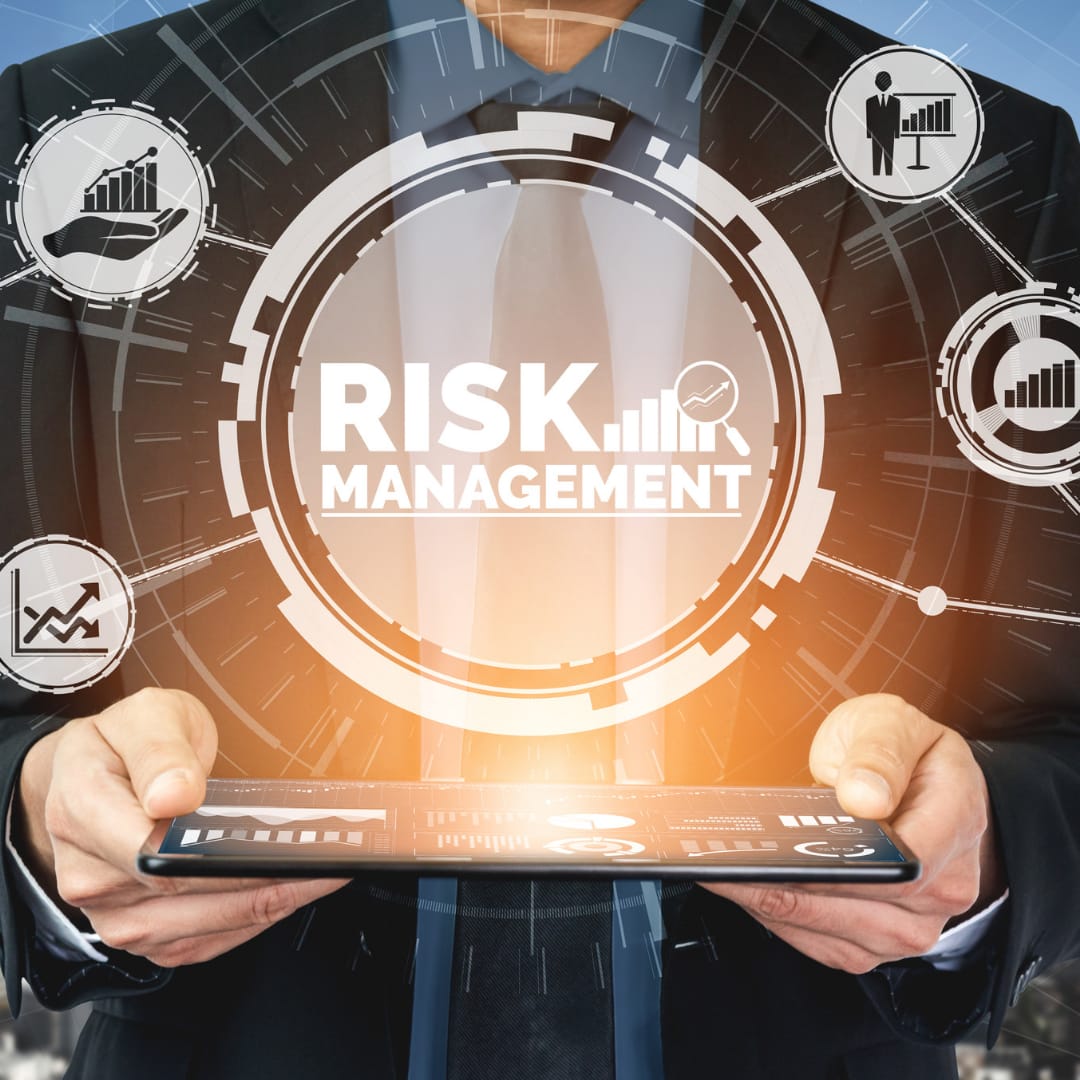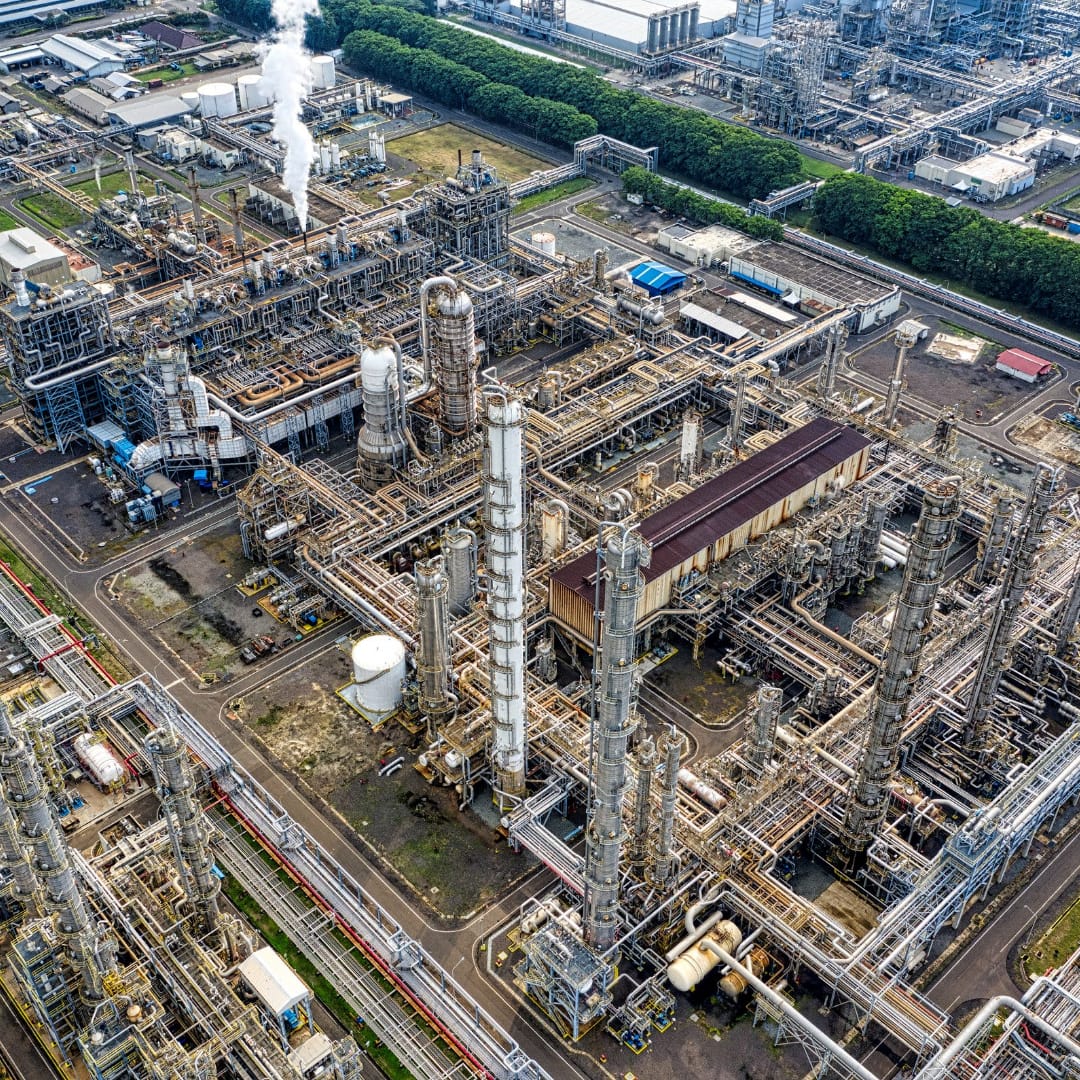Enhancing Business Resilience: Strategies for Adapting to Climate Change
"Climate change is a huge challenge, but it can be brought in line if governments, businesses, and individuals work together.”- Sir Richard Branson, Founder of Virgin Group"
Businesses must adapt quickly to a fast-changing environment as the effects of climate change become more apparent. They need to create strong plans to increase resilience and prosper in the face of climate-related difficulties, ranging from extreme weather occurrences to changing regulatory environments. Here are eight practical adaptation tactics that businesses may use to strengthen their resilience in the face of climate change:
1. Risk Assessment and Management

Recognizing the unique climate-related risks and vulnerabilities that the company faces are the first step towards constructing resilience. To identify possible hazards including supply chain interruptions, infrastructure damage, and market volatility, detailed risk assessments must be carried out. Businesses can reduce their impact and increase resilience by proactively developing risk management plans based on their understanding of these threats.
2. Supply Chain Diversification

Raw material shortages, higher transportation costs, and manufacturing delays might result from climate change's disruption of the world's supply chains. Businesses can reduce these risks by diversifying their supply chains, investing in regional production facilities, and implementing robust procurement procedures. Businesses can lessen the effect of interruptions caused by climate change on their operations by decreasing their reliance on fragile supply chains.
3. Infrastructure Resilience

Buildings, facilities, and transportation networks are among the physical infrastructures that are significantly at risk from climate change. By making investments in climate-resilient infrastructure, such as green roofs, flood barriers, and energy-efficient buildings, businesses can increase their resilience. Furthermore, putting strong maintenance and upgrade plans in place may guarantee that infrastructure continues to function even in the face of severe weather and other climate-related threats.
4. Adaptation in Product Design and Innovation

Product innovation has both possibilities and problems because of climate change. Businesses can create climate-resilient goods and services that better suit consumer demands in a changing environment and are less susceptible to dangers associated with climate change. This could entail using sustainable materials, creating long-lasting products, and utilizing technology to improve resilience throughout a product's existence.
5. Climate Risk Disclosure and Reporting

Developing resilience in businesses requires responsibility and transparency. Businesses can give investors, stakeholders, and regulators the knowledge they need to make educated decisions by including disclosures on climate-related risks and opportunities in their financial reporting. Strong climate risk disclosure policies can also assist businesses in identifying and resolving risks, fostering stakeholder trust, and showcasing their dedication to sustainability
6. Planning for Business Continuity

Disasters linked to climate change can potentially interrupt operations and jeopardize the ongoing work of enterprises. Creating thorough business continuity plans that take climate-related hazards into account can assist companies in keeping up with emergencies and promptly recovering from setbacks. To guarantee prompt response and recovery, this may entail setting up alternate work schedules, obtaining backup power sources, and putting communication mechanisms in place.
7. Partnerships and Collaboration

Working together across sectors and industries is necessary to build resilience. firms can improve their resilience by exchanging information, resources, and best practices with other firms, governments, academic institutions, and non-profits. By cooperating, stakeholders can take advantage of their combined knowledge and assets to create creative answers to climate-related problems and strengthen their businesses and communities.
8. Investment in Resilience

Although there is an initial outlay of funds involved, the long-term advantages greatly exceed the disadvantages. To lessen vulnerability and increase adaptability, businesses should devote resources to resilience-building projects including risk management plans, staff training efforts, and infrastructure improvements. In addition to shielding companies from climate-related risks, resilience investments open doors for innovation, expansion, and a competitive edge in a market that is constantly evolving.
To sum up, developing an enterprise's resilience is critical to its ability to respond to the effects of climate change and to its long-term survival in a world that is changing quickly. They may reduce risks, take advantage of opportunities, add value for stakeholders, and help build a more resilient and sustainable future by putting proactive adaptation plans into practice. Businesses that embrace resilience-building projects now will be better positioned for success in a world that is changing quickly, in addition to being protected from risks associated to climate change.













